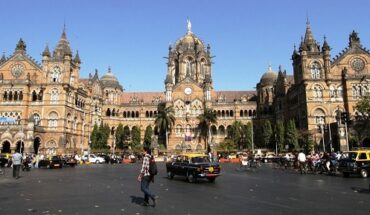New Delhi: The fertilizer subsidy provided by the Indian government in the 2023-24 fiscal year has exceeded revised estimates by more than Rs 6,500 crore, according to the latest government data.
However, this overspending is unlikely to impact the revised estimate of the fiscal deficit.
One key reason for the increased subsidy is the rise in input costs and operational expenses, mainly due to higher natural gas prices.
Data analysed shows that the subsidy for urea rose to over Rs 1.30 lakh crore, exceeding the revised estimate of Rs 1.29 lakh crore but still lower than the budget estimate of over Rs 1.35 lakh crore.
Under the nutrient-based subsidy (NBS) scheme, expenditure climbed to over Rs 65,000 crore, surpassing the revised estimate of over Rs 60,000 crore and the budget estimate of Rs 44,000 crore.
Last June, the government extended the urea subsidy scheme until March 31, 2025, with a total estimated outlay of over Rs 3.68 lakh crore for the period between 2022-23 and 2024-25.
The actual expenditure may vary based on the prices of natural gas and other inputs used for urea production.
The government provides urea to farmers at a maximum retail price of Rs 242 per 45 kg bag, while the cost can sometimes exceed Rs 3,000 per bag. The difference is given as a subsidy to urea manufacturers and importers.
The nutrient-based subsidy policy, implemented in 2010 and extended until 2025-26, provides a fixed rate of subsidy per kg for nutrients like nitrogen, phosphate, potash, and sulfur.
Experts have raised concerns about the overconsumption of urea in India due to the subsidy, which promotes the excessive use of nitrogen compared to other nutrients, leading to potential negative consequences for soil health.






